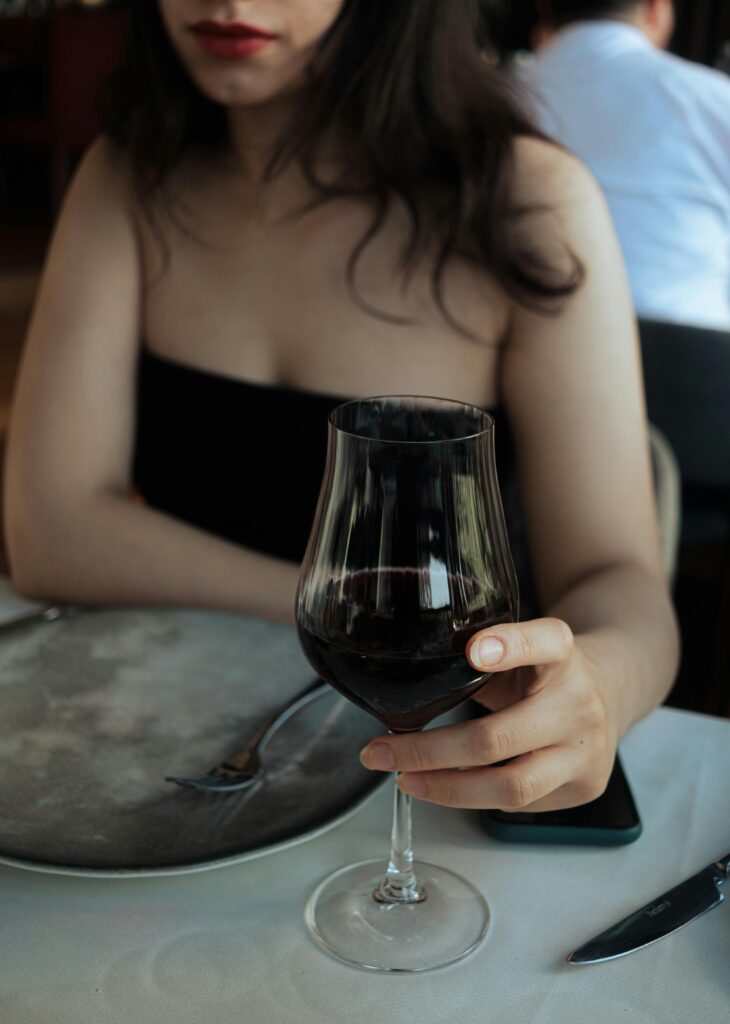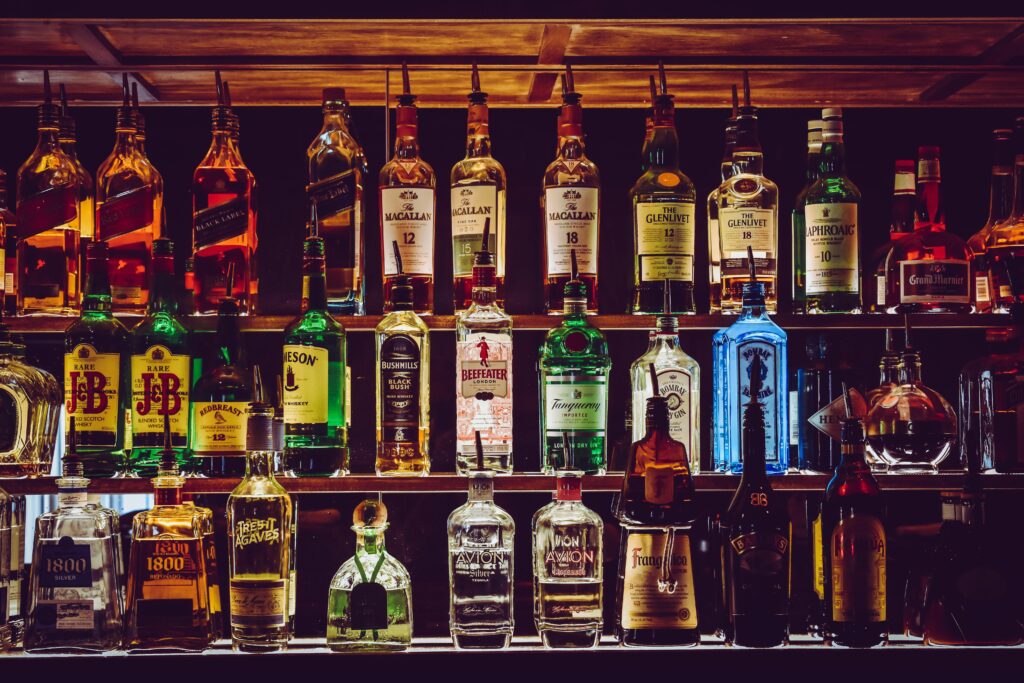When it comes to health and fitness, alcohol is often viewed as a hindrance to progress. However, many people enjoy the social aspects of drinking and don’t want to give it up entirely. The key is moderation and making informed decisions about what you’re consuming. In this blog, we’ll explore some of the lowest-calorie alcohol options, offer tips for reducing your intake of empty calories, and discuss how you can incorporate alcohol into a fitness-conscious lifestyle.
Alcohol and Its Effect on Fitness
Before diving into the specifics of low-calorie alcohol, it’s essential to understand how alcohol affects your body and fitness goals. Alcohol is metabolized differently than other macronutrients. It’s processed in the liver, which prioritizes breaking down alcohol over burning fat. This means that consuming alcohol can temporarily halt fat-burning processes.
Additionally, alcohol is high in empty calories — calories that provide little to no nutritional value. These calories can quickly add up, especially if you consume sugary cocktails, mixers, or beer in large quantities. Alcohol can also lower inhibitions, leading to overeating or poor food choices.
However, with careful selection, you can enjoy a drink or two while staying on track with your fitness goals.

Low-Calorie Alcohol Options
When making mindful choices, certain alcohols offer fewer calories per serving, making them better options for those who want to balance their fitness goals with social drinking.
1. Vodka
- Calories per 1.5 oz: 96
- Why it’s a good choice: Vodka is one of the purest alcohols, containing no added sugars or carbohydrates. Paired with soda water or a splash of fresh lime, vodka can be a low-calorie option. Avoid sugary mixers like juice or soda to keep the calorie count low.
2. Gin
- Calories per 1.5 oz: 97
- Why it’s a good choice: Like vodka, gin is a clear spirit with no added sugars. It pairs well with tonic or soda water and a squeeze of citrus. Opt for diet tonic water to further reduce calorie intake.
3. Tequila
- Calories per 1.5 oz: 97
- Why it’s a good choice: Tequila is another spirit that’s low in calories. It’s best enjoyed straight or with fresh lime juice. If you’re a margarita fan, be mindful of the calorie-heavy mixers like syrups and juices. For a healthier twist, make your margarita with fresh lime, soda water, and a touch of agave syrup.
4. Whiskey
- Calories per 1.5 oz: 105
- Why it’s a good choice: Whiskey is a popular choice for those who prefer a richer, fuller flavor. Enjoy it neat, on the rocks, or with a splash of water to avoid added calories from mixers. Keep in mind that some whiskeys may have added flavors, which can increase the sugar content.
5. Light Beer
- Calories per 12 oz: 90-100
- Why it’s a good choice: Light beers are brewed to have fewer calories than traditional beers. While they may not have the same robust flavor, they are a good compromise for those who want to enjoy a beer without the high calorie count.
6. Champagne
- Calories per 4 oz: 85
- Why it’s a good choice: Champagne is a lower-calorie option compared to wine and cocktails. Choose brut or extra brut varieties to minimize the sugar content. Champagne is also typically consumed in smaller portions, making it easier to manage overall calorie intake.
Tips for Lowering Caloric Intake from Alcohol
Even if you choose lower-calorie alcohol, there are additional ways to cut down on the overall calories you consume when drinking.
1. Stick to Clear Liquors with No Mixers
Clear liquors like vodka, gin, and tequila are naturally low in calories. Mixing them with soda water or a squeeze of fresh citrus keeps the drink refreshing and low in added sugars. Avoid syrups, soda, and tonic water with added sugars.
2. Choose Smaller Portions
Choosing smaller servings can significantly reduce your calorie intake. For instance, opt for a half-serving of whiskey or a smaller wine glass to keep your consumption in check.
3. Avoid Sugary Cocktails
Cocktails like margaritas, piña coladas, and mojitos are notorious for their high sugar and calorie content. Instead, opt for simplified versions or lighter cocktails made with fresh ingredients and soda water.
4. Drink Water Between Alcoholic Beverages
One way to moderate your alcohol consumption and stay hydrated is to drink a glass of water between alcoholic beverages. This will help you feel fuller, keep you hydrated, and reduce the overall number of drinks consumed.
Moderation Is Key for Fitness and Alcohol Balance
While choosing lower-calorie alcoholic drinks can help reduce your calorie intake, moderation is crucial. Excessive alcohol consumption can interfere with fitness goals by impacting sleep, hydration, and recovery from workouts.
The Centers for Disease Control and Prevention (CDC) defines moderate drinking as up to one drink per day for women and up to two drinks per day for men. Sticking to these guidelines can help you balance your fitness goals with a social life that includes alcohol.
How Alcohol Impacts Muscle Recovery
Alcohol can impair muscle recovery and muscle growth. Consuming alcohol after a workout can reduce protein synthesis, the process by which your body repairs and builds muscle tissue. Additionally, alcohol can dehydrate your body, which negatively impacts your recovery and can lead to muscle cramps or delayed onset muscle soreness (DOMS).
If you choose to drink alcohol and are actively pursuing muscle gains or athletic performance, it’s important to avoid drinking immediately after a workout. Instead, prioritize proper hydration, protein intake, and rest before consuming alcohol.
Health Benefits of Limiting Alcohol
Beyond fitness, reducing alcohol intake offers several health benefits, including improved sleep quality, better mental clarity, and reduced risk of developing chronic conditions such as liver disease, heart disease, and certain cancers. By opting for lower-calorie alcoholic beverages and consuming alcohol in moderation, you can still enjoy the social benefits of drinking without sacrificing your long-term health.
Conclusion
Balancing alcohol consumption with a health and fitness-focused lifestyle is achievable by making informed choices. Opting for lower-calorie alcohol options like vodka, gin, tequila, light beer, and champagne can help reduce your overall calorie intake. Pairing these drinks with healthy, low-calorie mixers and practicing moderation can keep your fitness goals on track.
Remember that while choosing lower-calorie drinks is helpful, excessive alcohol consumption can still hinder your progress. Always prioritize hydration, recovery, and healthy eating, and consume alcohol in moderation.
FAQ: Low-Calorie Alcohol and Fitness
Q1: Which alcohol is the lowest in calories?
A: Champagne (brut) and light beer are among the lowest-calorie options, with around 85-100 calories per serving.
Q2: Is drinking alcohol bad for muscle growth?
A: Alcohol can impair muscle recovery and protein synthesis, especially when consumed in large amounts or immediately after a workout.
Q3: Can I drink alcohol and still lose weight?
A: Yes, but moderation is key. Opt for low-calorie alcoholic beverages and avoid high-calorie mixers to help stay within your calorie goals.
Q4: What’s the healthiest mixer for alcohol?
A: Soda water, diet tonic, and fresh citrus juice are low-calorie mixers that can enhance the flavor of your drink without adding many calories.
Q5: How much alcohol is safe to drink when pursuing fitness goals?
A: The CDC recommends moderate drinking, which is up to one drink per day for women and up to two drinks per day for men.
For more such blog posts on balancing alcohol, fitness, and making healthier choices, visit U Calorie Blog

